TAKE ACTION
MAY 2024
How to give your brain the rest it needs
It’s common to think of rest as taking a nap or relaxing on the couch in front of the TV. But true rest, according to experts, isn’t an entirely passive experience.
“The most restorative kinds of rest — the things that recharge our mental and physical batteries most effectively — are the things that are active,” says Alex Soojung-Kim Pang, author of the book Rest: Why You Get More Done When You Work Less. “Going for a long walk or working out can give us more rather than less energy and leave us feeling more mentally rewarded.”
Looking for more? Find other articles below
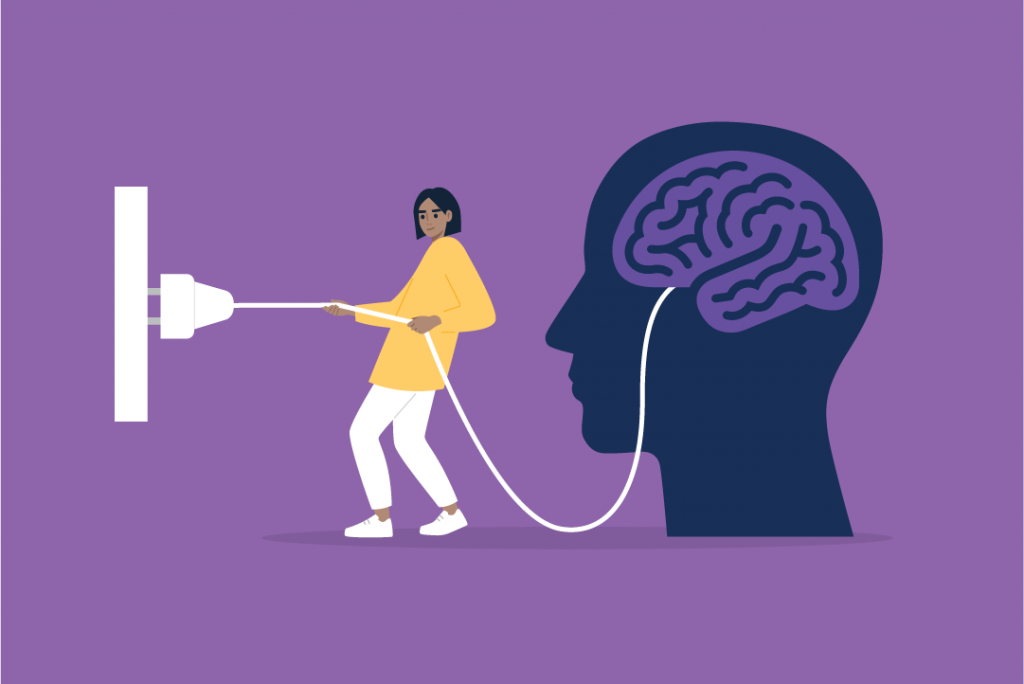
Your brain at rest
The advocacy for more rest is backed by science. When researchers began mapping brain activity, they were surprised to learn that the resting brain is still an active brain.
Shifting attention from a task that requires concentration to daydreaming or reflection (something needing less active mental focus) activates the brain’s default mode network, or DMN. While there’s still much to be learned about this network, the DMN is believed to be involved in a variety of cognitive functions, including creative thinking.
Rest takes practice
Many of us are constantly fishing for relaxation, throwing our efforts behind every task on the to-do list, hoping that we’ll eventually cross the last one off and be able to unwind. We may feel like we don’t have room for rest on the list. But endless effort without rest can lead to burnout.
Luckily, rest is something you can practice and improve.
“Rest is something that we can learn to do better,” says Pang. He suggests developing a daily practice that allows rest to be a bigger part of your life rather than something you do at the end of the day. Check out the tips below to start getting the restorative rest you need.
7 ways to build your rest habit
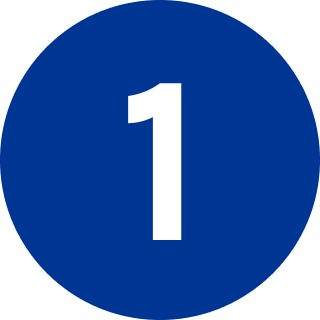
Focus on active rest
Active rest means disconnecting from a focused task and getting active. Even if it tires you, it still counts as rest for your brain. “The long walk while listening to a podcast may deliver more of a recharge and reset than being on the sofa watching ‘The Great British Bake Off,’” Pang says.
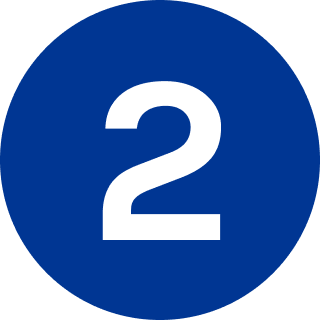
Get a hobby.
Turning your attention to a hobby — painting, drumming, ceramics, bird- watching — is also a form of rest. Having a serious hobby that you’re excited about also promotes the release of dopamine, the “feel good” hormone in your brain.

Make a “today” list.
To-do lists are often packed with endless tasks, and just looking at them can be exhausting and demoralizing. Robert Poynton, author of the book Do Pause: You Are Not a To Do List, suggests making a “today” list with just the essential tasks you can reasonably complete today, such as doing laundry, making dinner and paying your utility bill. Once you’ve done the today list, then you can create time for rest.
For other items on your to-do list, try Worklife from Resources for Living. This program can help you find resources for everyday life, including child care, pet sitters, housecleaners and more.
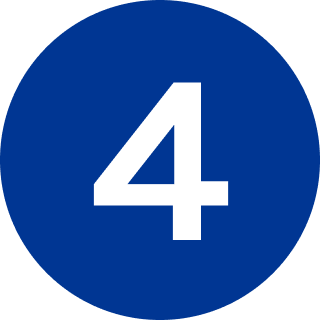
Practice “micro” pauses.
Microbreaks have been shown to boost energy and reduce fatigue. Try doing a stretching exercise before you start your workday. Take three deep breaths at stoplights. Do something active, such as taking the stairs, to get your heart rate up for 90 seconds. Find what works for you.

Take tech breaks.
Our brains spend a surprising amount of energy preparing for the arrival of the next text, notification, “like” or email. Taking a break from electronic devices can provide relief from the stress of constant connection. Shutting down laptops and phones for a half an hour or more can allow the brain to rest.

Track where your time goes.
Many people don’t really know how they spend their time. Celeste Headlee, author of the book Do Nothing: How to Break Away from Overworking, Overdoing, and Underliving, suggests jotting down what you’ve been doing every half hour. After a week or two, clear patterns will emerge. Once you identify how many potentially free hours a day you could have, plan for how you want to use this uncommitted time.
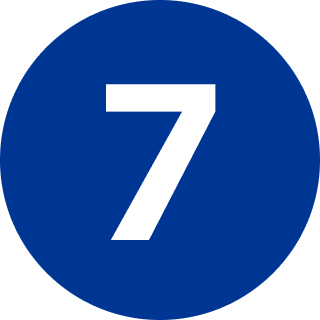
Take regular vacations.
Research suggests the benefits of taking time off peak around the eighth day and that much of a vacation’s or staycation’s mental health benefit comes from the days leading up to it. Take time away from work when you can to give your brain a rest. A few days away may be all you need.
Sources:
The Washington Post. Your brain needs more rest than you’re giving it.
Fortune. The science behind why you need a hobby to boost your brain health and self-esteem.
Cleveland Clinic. How to do a digital detox for less stress, more focus.
Get the rest you need for your brain, body and overall well-being. Your Costco benefits can help.
Resources for you
- Worklife, a program offered through Resources for Living, can help you make time for rest by providing resources for child care, elder care, pet care, and household services including housecleaning, landscaping, plumbing and more. This free program is available to you, members of your household and dependent children up to age 26. Visit RFL.com/Costco or call 833-721-2320 (TTY: 711) to learn more.
- Worklife, a program offered through Resources for Living, can help you make time for rest by providing resources for child care, elder care, pet care, and household services including housecleaning, landscaping, plumbing and more. This free program is available to you, members of your household and dependent children up to age 26. Visit RFL.com/Costco or call 833-721-2320 (TTY: 711) to learn more.
- Worklife, a program offered through Resources for Living, can help you make time for rest by providing resources for child care, elder care, pet care, and household services including housecleaning, landscaping, plumbing and more. This free program is available to you, members of your household and dependent children up to age 26. Visit RFL.com/Costco or call 833-721-2320 (TTY: 711) to learn more.

